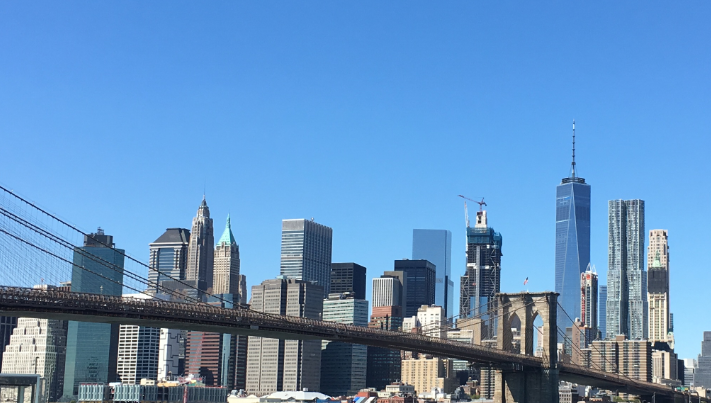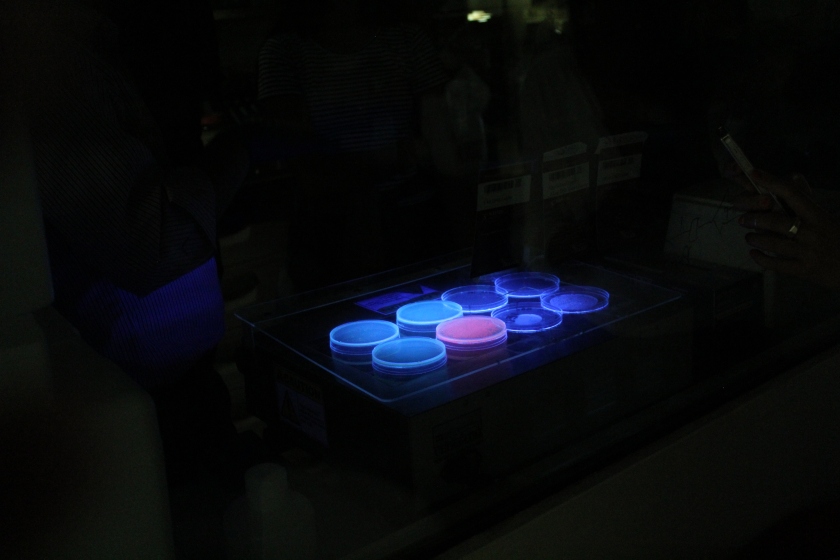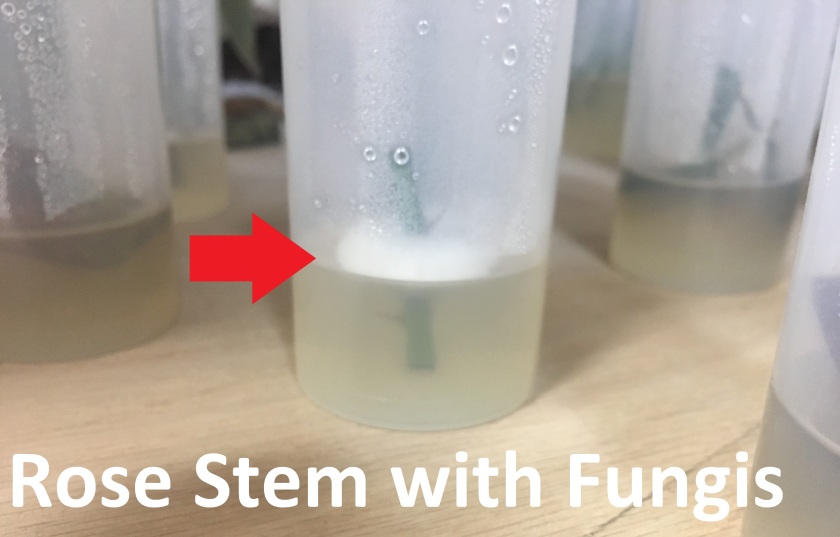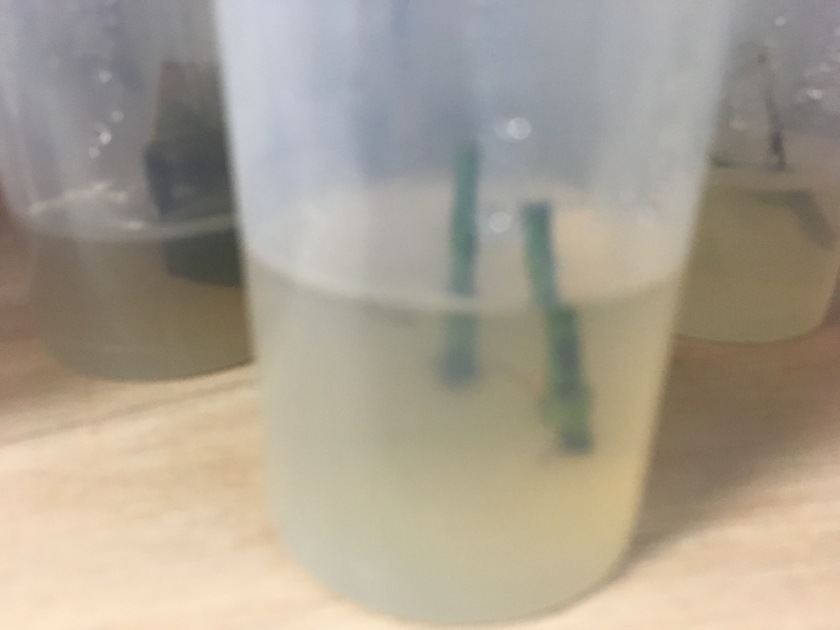I am completely self taught in Genetic Engineering/Synthetic Biology. I became fascinated with Synthetic Biology after the initial success of the crowdfunded project Glowing Plant on Kickstarter. Glowing Plant was ultimately a failure, because the founder of the project was not familiar enough with the industry and, I believe due to that, misplaced much of the money he raised (over $750,000!).
For beginners the best place to start is online:
(1) EDX.org
By far the best online resource is EDX.org
The biology courses on edx.org are extensive and include basic biochemistry, to genetics, industrial biotechnology and even a course on synthetic biology. Personally, I would start with MITx’s course Quantitative Biology workshop and the introductory courses on Biochemistry from RICEx as well as the BioChemistry course from Harvardx. So far, the best intro class to genetic engineering I have found is “Making Biologic Medicines for Patients: The Principles of Biopharmaceutical Manufacturing” by MITx on edx. Good luck and as the website changes I may need to update the aforementioned list. EDX is amazing, I have taken courses ranging from Drug comercialization, to Biochemistry, to Genetics.
(2) Coursera.org
Coursera is another excellent resource, although they are not as extensive as EDX. They had some very good courses on Virology on their website as well as some information on genetics, be sure to go to their Life Sciences catalog.
(3) Futurelearn.com
Futurelearn is another one, I have taken a course or two there, definately one to check occasionally for new content.
All the courses I mentioned are free, now initially, I had it in my head that I would pay for the courses to get certified, but I have found that no one really cares about online courses. That is why it is important to document your work online in social media, like on blogs such as this, Youtube, Instagram and so on.
(4) Books
Excellent book that I have learned much from, after building a foundation in some online courses that I mentioned above.

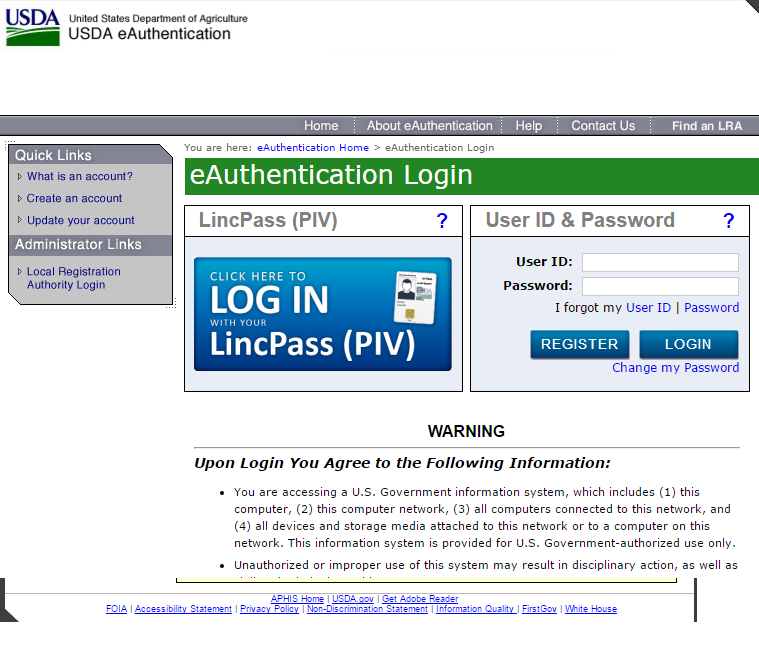
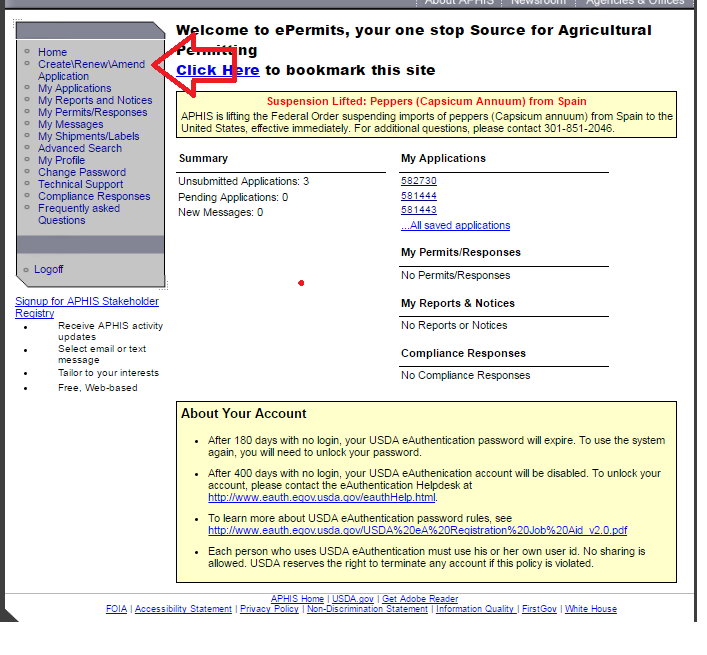




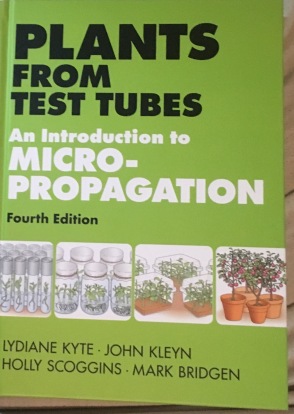
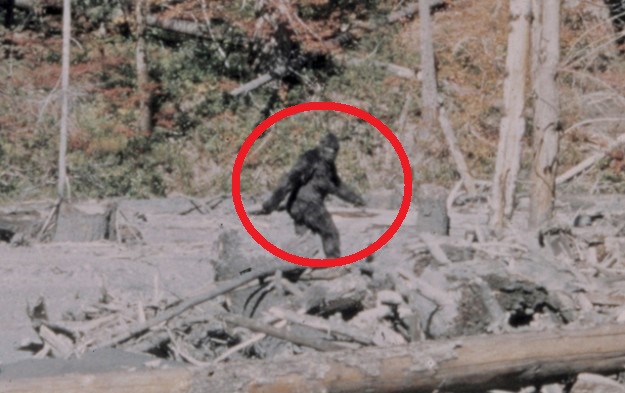
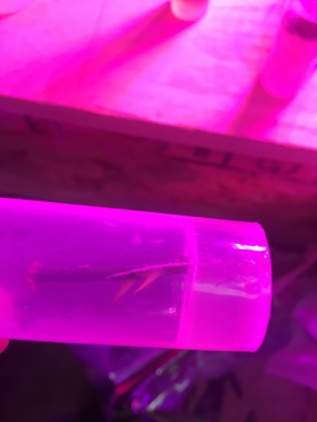 I found that some of the longer containers that are included in the MicroClone kit, the plastic is too brittle and when you push it into the container, they crack and break, nearly all of the containers were cracked, and contaminated with fungis and had to be thrown away.
I found that some of the longer containers that are included in the MicroClone kit, the plastic is too brittle and when you push it into the container, they crack and break, nearly all of the containers were cracked, and contaminated with fungis and had to be thrown away.